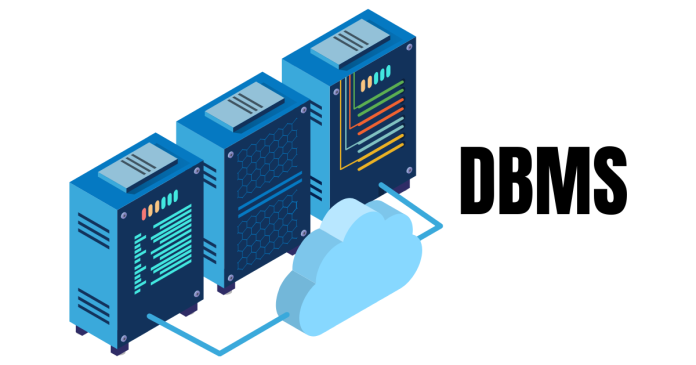A Database Management System (DBMS) consists of several components that work together to manage data effectively. These components ensure data storage, retrieval, and manipulation while maintaining security, consistency, and integrity. Below is a breakdown of the key components of a DBMS:
1. Database
- The database is the core of the DBMS, where all the data is stored.
- Data is organized in tables (rows and columns) and can include schemas, indexes, and relationships.
- Example: Tables for employee records, customer details, and product information.
2. Database Schema
- The schema defines the logical structure of the database, including the tables, fields, relationships, and constraints.
- It acts as a blueprint for the database, specifying how data is organized and interrelated.
3. DBMS Software
- The DBMS software provides the interface between users, applications, and the database.
- It handles query processing, transaction management, and data manipulation.
4. Query Processor
- The query processor interprets user queries written in a database language (like SQL) and converts them into executable commands.
- Key functions:
- Parsing: Checks the syntax of the query.
- Optimization: Finds the most efficient way to execute the query.
- Execution: Executes the query to retrieve or modify data.
5. Data Dictionary (Metadata)
- The data dictionary stores metadata, which includes information about the database structure, such as:
- Names of tables and columns.
- Data types and constraints.
- Relationships between tables.
- It acts as a catalog to help the DBMS understand and manage the database.
6. Database Engine
- The database engine is the core service that handles data storage, retrieval, and manipulation.
- It manages key tasks such as:
- Transaction processing.
- Concurrency control.
- Data integrity enforcement.
- Example: Ensures multiple users can access the database simultaneously without conflicts.
7. Transaction Manager
- The transaction manager ensures that database transactions are processed reliably.
- Key tasks:
- Maintains ACID properties (Atomicity, Consistency, Isolation, Durability).
- Rolls back incomplete transactions in case of errors.
8. Storage Manager
- The storage manager handles the storage and retrieval of data from physical storage (e.g., disk drives, SSDs).
- Key tasks:
- Manages data files and indexes.
- Handles data compression and backup.
- Allocates storage space efficiently.
9. Concurrency Control Manager
- Ensures that multiple users can access and modify the database simultaneously without conflicts.
- Prevents issues like deadlocks or race conditions.
10. Backup and Recovery System
- This component ensures data safety and recovery in case of hardware failure, system crashes, or corruption.
- Features:
- Automated backups.
- Recovery processes to restore the database to a consistent state.
11. User Interfaces
- DBMS provides interfaces for different types of users to interact with the database:
- Graphical User Interface (GUI): For non-technical users.
- Command-Line Interface (CLI): For technical users and administrators.
- Application Programming Interfaces (APIs): Allow developers to connect applications to the database.
12. Security Manager
- The security manager ensures only authorized users have access to the database.
- Implements features like:
- Authentication (e.g., passwords, multi-factor authentication).
- Authorization (e.g., access control based on roles).
- Encryption to secure sensitive data.
Summary Table:
| Component | Purpose |
|---|---|
| Database | Stores all the data. |
| Database Schema | Defines the structure of the database. |
| DBMS Software | Manages data and user interactions. |
| Query Processor | Processes and optimizes queries. |
| Data Dictionary | Stores metadata about the database. |
| Database Engine | Handles data storage, retrieval, and manipulation. |
| Transaction Manager | Ensures reliable and consistent transactions. |
| Storage Manager | Manages physical storage of data. |
| Concurrency Control | Prevents conflicts during simultaneous data access. |
| Backup and Recovery | Ensures data safety and system recovery. |
| User Interfaces | Provides interaction points for users. |
| Security Manager | Protects the database from unauthorized access and ensures data security. |
Applications:
These components work together to support various DBMS tasks such as:
- Data Retrieval: Fetching specific records.
- Data Manipulation: Adding, updating, or deleting records.
- Data Security: Protecting sensitive data.
- Transaction Management: Managing multiple simultaneous operations.



